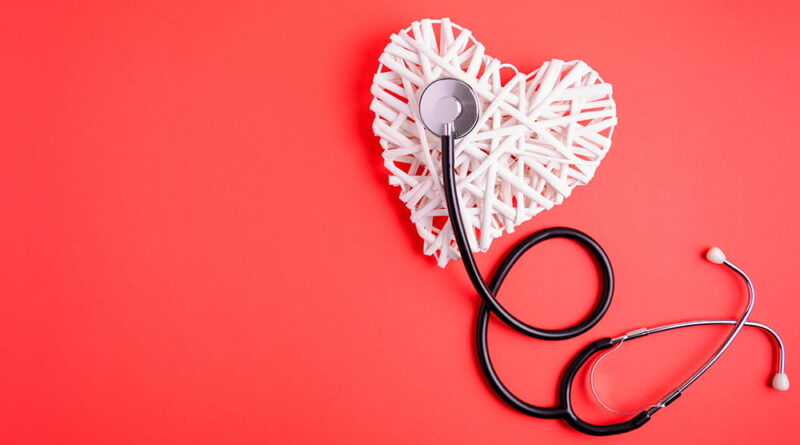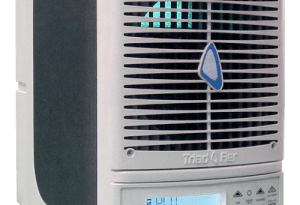Digital Twins: From Home Life To Healthcare
It’s important to understand digital twinning when looking at the future of healthcare. Most people interact with a digital twin every day without realizing it. Let’s explore the concept of digital twins and learn about how they are revolutionizing medicine and how healthcare leaders can use it to foster innovation in healthcare.
Daily Life: A Digital Twin
You will likely use your smartphone’s digital mapping technology to navigate your way on a road trip. You can set your destination, and then you’re off. The map adapts to your speed and whereabouts, and voice instructions will let you know when the next turn is or which exit ramp to take.
You have many more options depending on the technology used to map. You can display road conditions, gas stops, and other information on your map. It also provides precise distances and arrival times. You can share your travel and location data with others to track your progress. You can also access a satellite view to follow your journey by simply tapping or commanding.
Is it real or virtual? Analog or digital? It’s both. It’s both. The data that defines your trip – location, speed, destination, and context – is accurate. However, digital representations allow it to be shared and analyzed, making your trip more efficient and safer.
The journey can be difficult and frustrating without this technical assistance. You might rely on your hunches, vague recollections, or directions are written on a napkin.
Purposeful travel has improved in many ways. Technologists are responsible for a lot of this progress.
Definition of a Digital Twin
Many existing tools and concepts are used to create a digital twin. These concepts have proven helpful in prototyping, design, and testing. Digital twins can be considered mock-ups or 3-D models, simulations, and virtual reality. There’s more to it.
A digital twin is an attempt to replicate a physical object. A digital twin attempts to mimic a more extensive, complex operating system. It reflects the thing, the environment in which it operates, and the actual processes of stimulus, response, cause, and effect.
This is connected by a continuous flow of more data that directs and defines the overall system operations. IBM defines a digital Twin as “an environment of linked information and models that reproduce an exact, virtual representation of real-world entities and processes.”
Any data-driven digital twin must be traceable to the analog source, the object being studied, tested, or manipulated. For example, sensors may continuously monitor the object’s activities and processes while monitoring the environment and how it interacts with other elements. This can often help predict what the next step will be.
This allows the twin to be synchronized with various data streams and measurements, which allow for the exact representation of real-world functions. Digital twins allow for quick and inexpensive simulations without the risk of loss or failure.
Meet Your Digital Twin
With the advent of space travel and more general aeronautical engineering, digital twinning saw a significant boost. This momentum continues with architecture, construction, as well as manufacturing. Virtual and physical realities can now be combined.
Babylon’s app is a great way to make your digital twin. The look and feel of Google Maps are not dissimilar to the digital twin you see on your screen. You can switch between organs, muscles, and skeleton by pressing the “layers” button on your device.
Time to Double Down
Practitioners, administrators, and healthcare planners already use digital twin technology for robotic surgery, precision medicine, inventory management, and managing complex supply chains.
These are just a few of the more targeted applications.
* Virtonomy provides “data-driven clinical trials for virtual patients.” Unlearn.AI also combines digital twin models and artificial intelligence to speed up the evaluation of clinical interventions. Recently, the University of Miami announced a project to harness the digital twin of an individual to solve sleep-loss issues.



